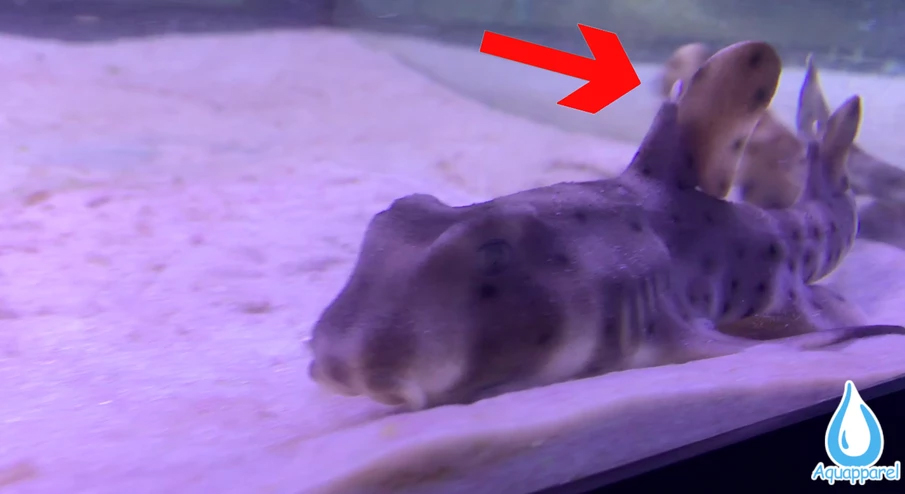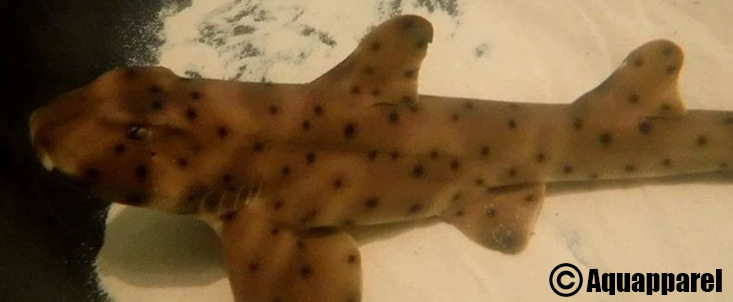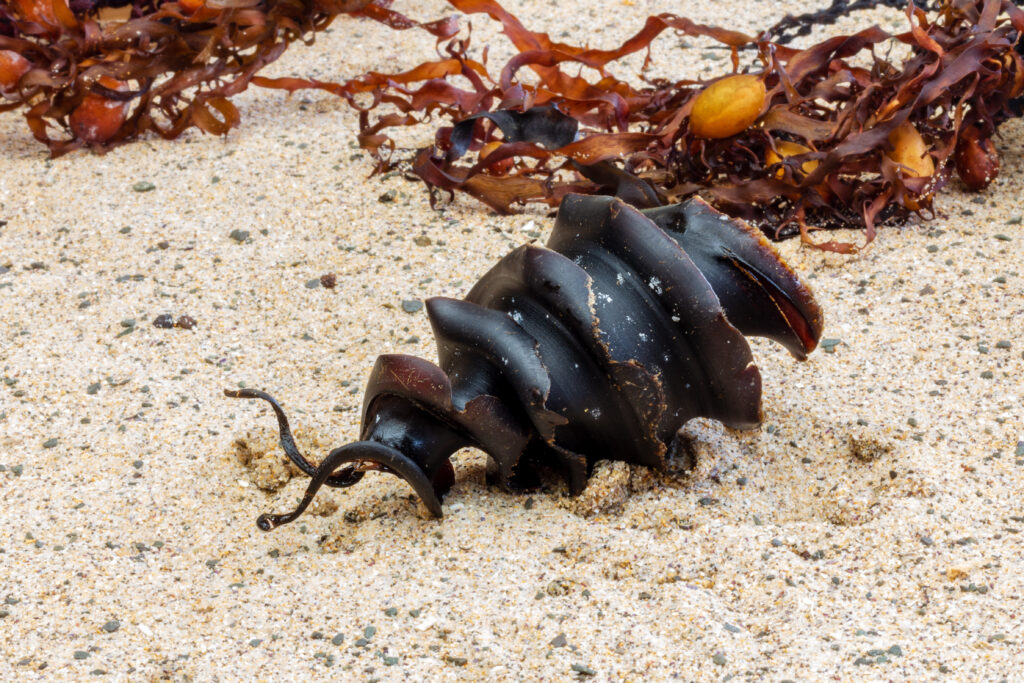- The Horn Shark gets it’s name from its short, blunt head with high ridges above its eyes. The 2 spikes that they have for protection are located on their first and second dorsal fins. These spikes are used for protection. Since the Horn Shark has a maximum length of a little over 3 feet, they can become easy prey to larger species of sharks and fish. These spikes prevent a larger animal from being able to bite down on them.

2. The spikes are said to be mildly venomous as well although not very much is known about the venom from what I could find while researching. However, getting stuck by one of these spikes can be extremely painful and will deter a larger predator from consuming the horn shark.
3. Horn Sharks are found on the west coast of North America and can be found from California to the Gulf of California.
4. They are not a schooling shark and are known to spend their entire life in an area no larger than 3,300 square feet. In the wild they will migrate to deeper water in order to stay warm during the winter, but they have never been recorded to travel more than 10 miles away from their home.

5. Their maximum length as adults is 2 to a little over 3 feet. The males are typically smaller than the females.
6. The Horn Shark is known to be pretty slow, sluggish and stay mostly on the bottom of the sea bed.
7. The Horn Shark is oviparous. The females can lay up to 24 eggs that look like this during their spawning season. The ridge that runs along the outside of the egg in a spiral allows the mother to wedge the egg in the crevices of rocks in order to keep them safe until they hatch.

8. The Horn Shark’s egg is very unique compared to others in that is has a spiral parts along the exterior of the case which helps to wedge it in-between rocks or into the sand. This keeps the egg in the same place so that the shark can develop inside of it as undisturbed as possible.
9. Generally these sharks are not a threat to humans but when harassed they have been known to bite. So unless one of these sharks are used to humans handling them and will allow you to pet them, I would advise against it.
